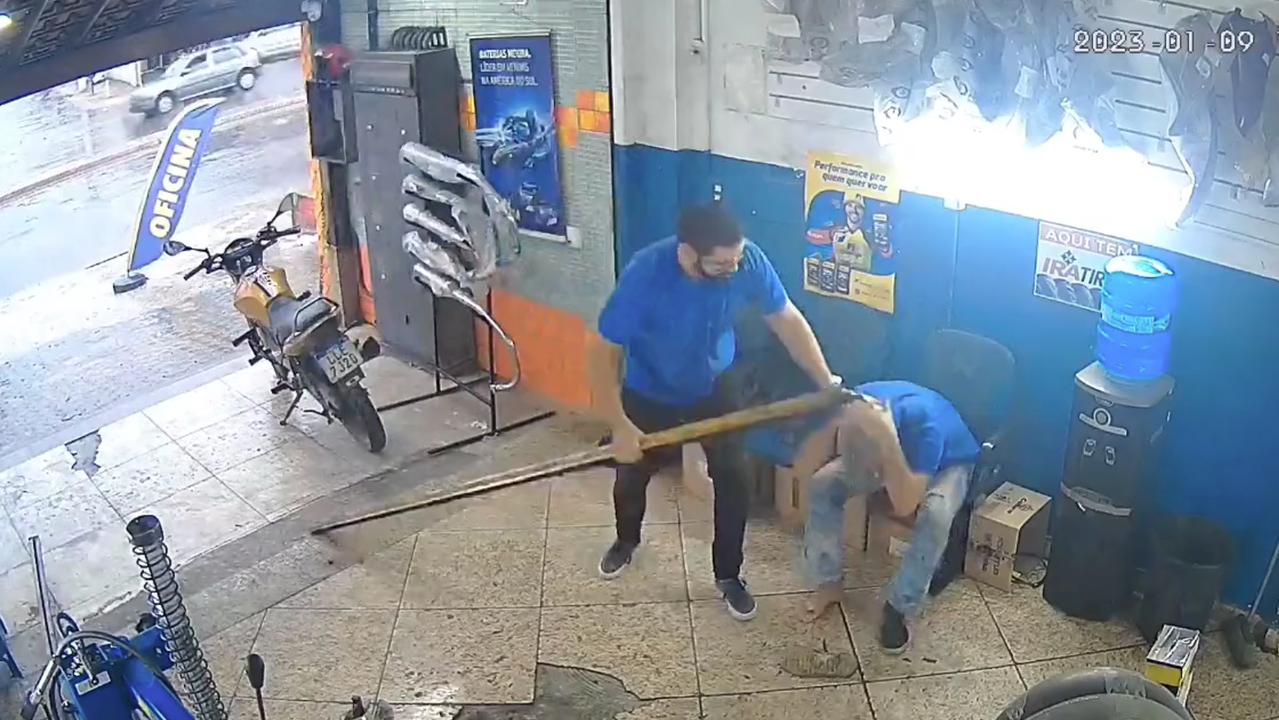Mystery around flight PT-RDZ and why pilots lie about where they land
A disturbing mystery has rocked the aviation world, with a plane simply vanishing. But lies from the cockpit have just made it worse.
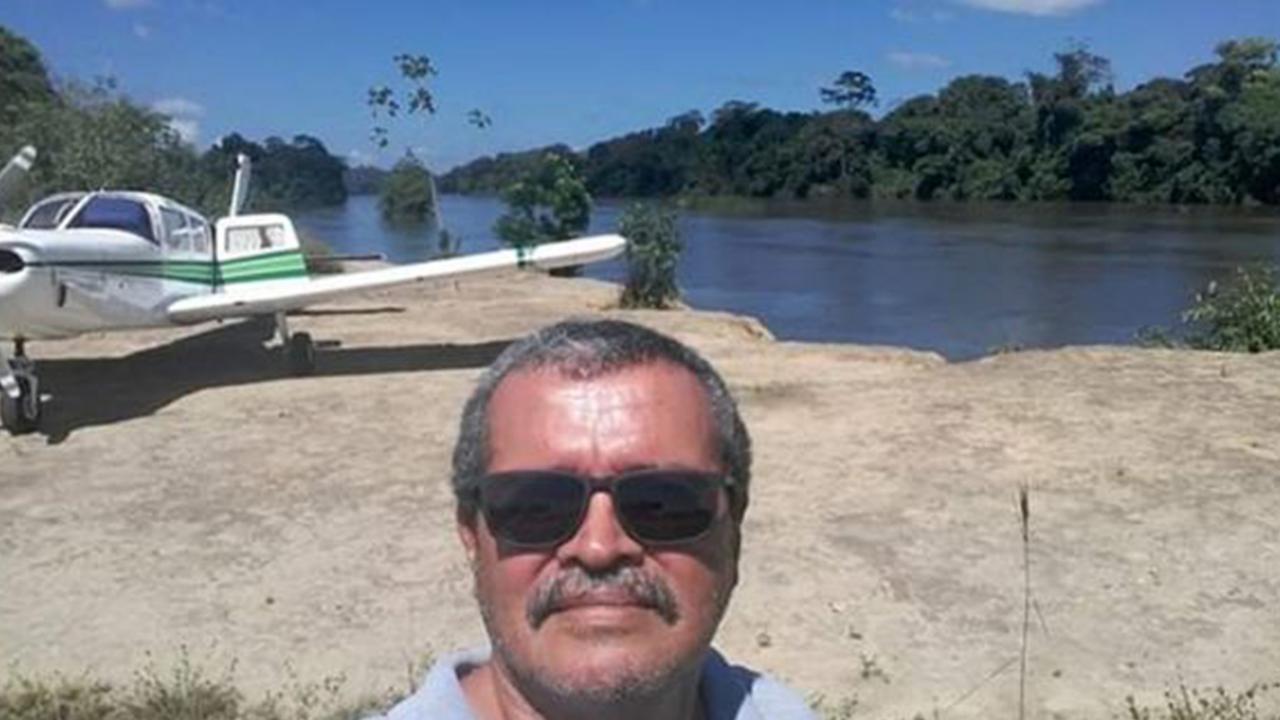
It was the routine flight over the depths of the Amazon rainforest that pilot Jeziel Barbosa de Moura had done many times before.
But 25 minutes in to the almost two-hours journey from Matawaré, an isolated Amazonian Indian village in the Tumucumaque Mountains National Park, to the mining town of Laranjal do Jarí, the 61-year-old hit trouble.
With seven passengers on board, the seasoned flyer desperately patched a call to fellow pilot and friend of 37 years Paulo Tridade, seeking advice on where to make an emergency landing for his small six-person aircraft.
“It looks like I’ve lost a cylinder,” he said over the radio to Paulo, in an exclusive investigation conducted by the BBC. “There’s oil leaking on to the windscreen. I’m going to land at Independência.”
His plan, however, was strongly opposed by Paulo who pleaded with his friend to instead land on water.
“There’s no longer any landing strip there; it was abandoned 15 years ago,” Paulo replied to Jeziel
“Aim for the river, the Parú, instead — try to land on water.”
But Jeziel was adamant. He was desperate, and his visibility was fading quickly. The airstrip in Independência was his only option of a safe landing — regardless of its overgrown condition.
Before Paulo could plead with Jeziel any further, the radio crackled into silence.
“I’m going to land at Independência” were the last words he’d hear from the cockpit of the doomed flight.
Following the distressed radio call, Paulo turned his own plane around to search for the small aircraft.
But after running into a rainstorm and low visibility, he was simply met with dotted trees as far as the eye could see. The flight, and all on board, had vanished into the thick green jungle below.
It’s now been over three months, and the flight carrying eight people over the depths of the Amazon has never been seen or heard from since.
According to reports, the passengers on board included an indigenous woman of the Akuriyó group, her son-in-law, and a family of the Tiriyó group — a teacher, his wife and three small children.
According to information from local news outlet G1, the single-engine aeroplane was carrying the group over an isolated stretch of rainforest between the south of Amapá and the north of Pará. The route is one often chartered by villagers to travel from one region to another and, according to the BBC, will set a group back around 10,000 Brazilian reals ($A3735) for the journey.
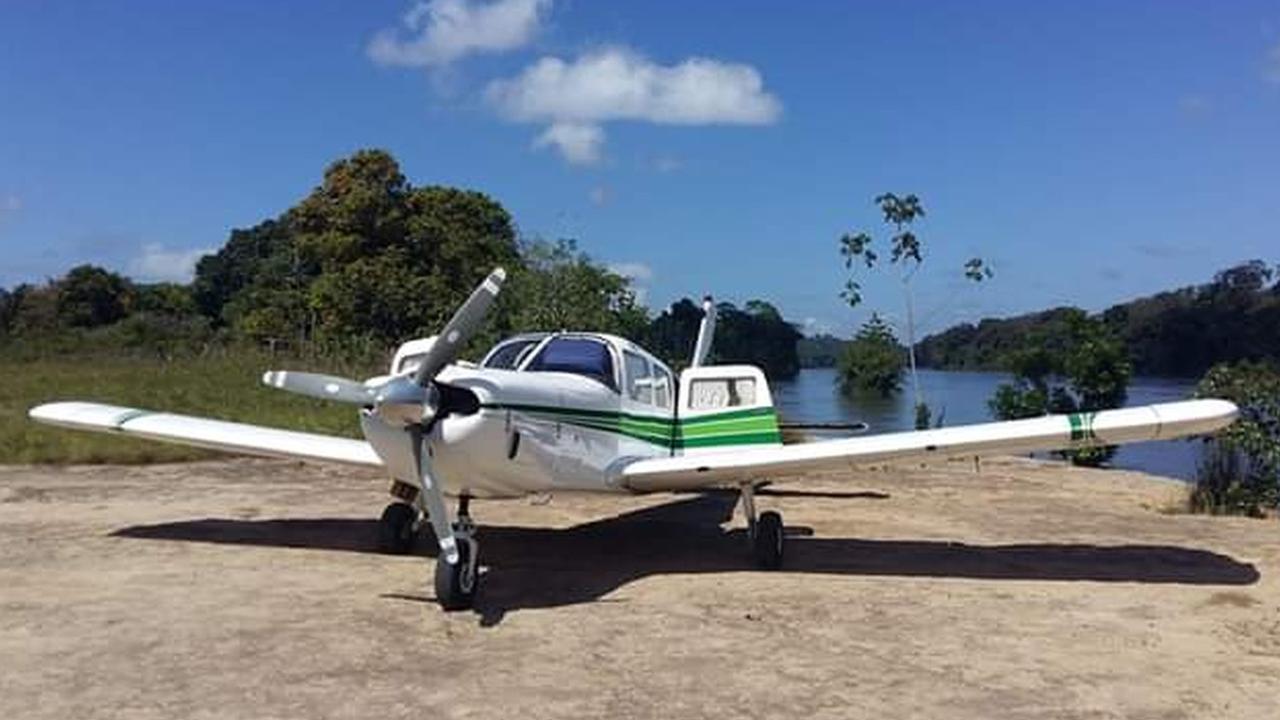
As the world’s largest tropical rainforest, the Amazon takes up an area of 5.5 million km². In layman’s terms, the space is so big the UK and Ireland would fit into it 17 times. So conducting a search is no easy task.
According to the BBC World Service, two days following Jeziel’s distress call to Paulo, the Brazilian air force began a search that involved 128 hours of flying using rescue aircraft, Hercules transport planes and Black Hawk helicopters. But it was suspended after two weeks with no result.
To break down the expanse of the search, air services were only able to cover 12,000 km², which is roughly equivalent to 12,000 football pitches or 0.2 per cent of the whole rainforest.
According to state news agency Agência Brasil, friends of the pilot and indigenous people from four groups — Apalai, Akuriyó, Tiriyó and Waiana — continued the search on their own, on the ground, for a further month after the plane vanished.
But still, the downed flight hasn’t been recovered.
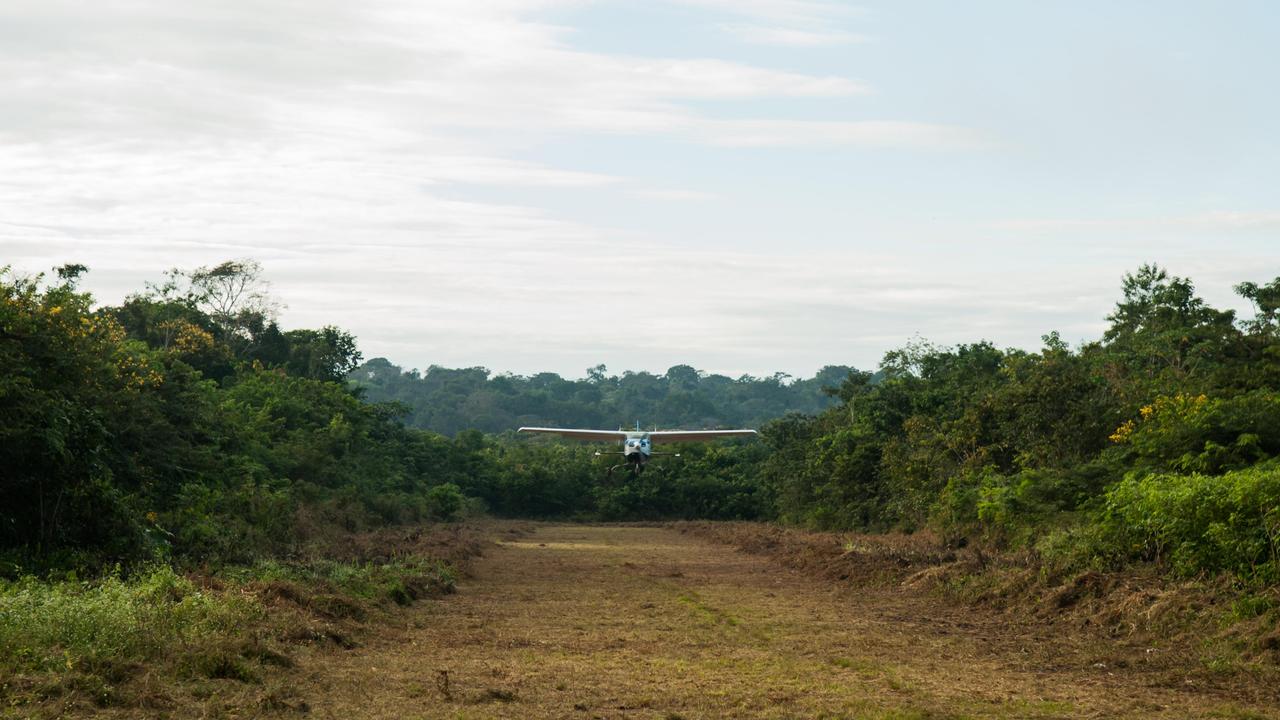
“We feel abandoned, totally,” Flavia Moura, the pilot’s daughter, told the BBC of the now abandoned search. “We’re yelling every day, my brothers and me, begging for any help to continue the search but no-one’s come, no-one’s helped. Is it because they are Indians, because they’re ordinary people, that no-one has offered to help?”
Flavia had confidence in her father’s ability to fly in the region and knows he would’ve made every effort possible to land properly.
“My father knows the region, he has been flying for a long time, so we know that he tried to land somewhere, but in the forest it is difficult to find,” she told news outlet G1.
“We know the difficulty of air rescue, but we want to find him, and so we gathered some miners and indigenous friends of my father who are in the forest. But we want help from the army which is prepared for this.”
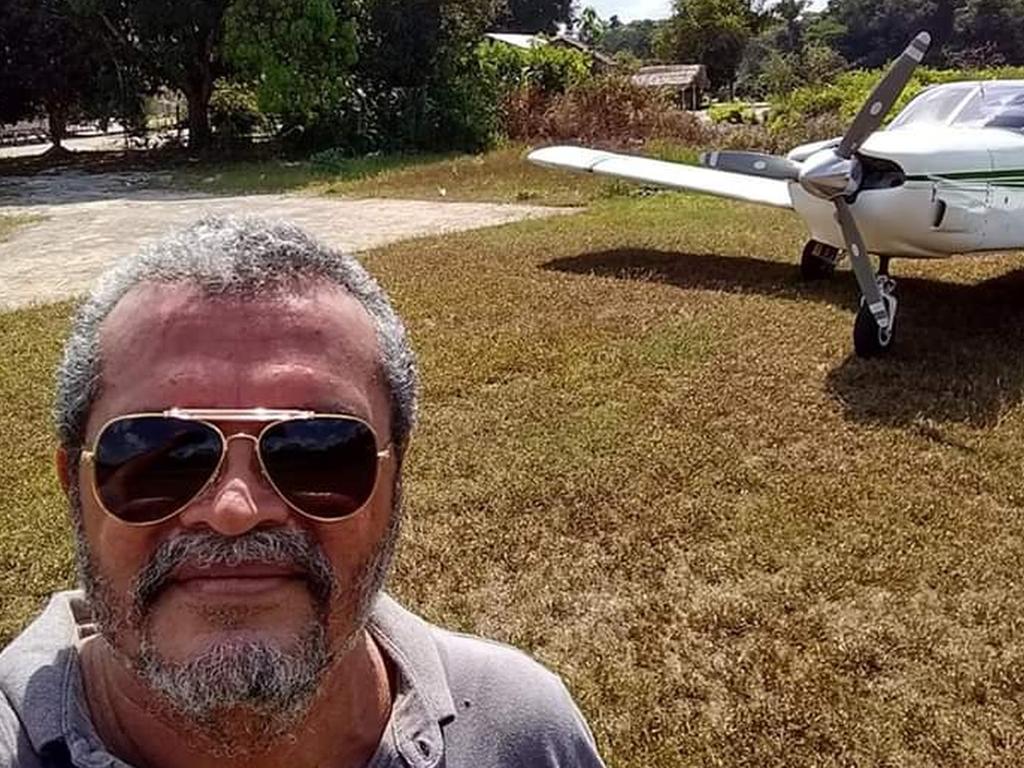
But despite making local news, the disappearance has failed to make that of major Brazilian news sites — or in media around the world.
And that is, perhaps, because of the dangerous state of flying and using landing strips in the Amazon.
In a report by G1, and according to the Federal Prosecution’s Office, there are 49 landing strips yet to be brought up to official standards in indigenous territories in Brazil. In the state where Jeziel’s plane, known as flight PT-RDZ, “there are 17 irregular strips, which are used for transporting health and education professionals and indigenous people themselves”.
Pilots are forced to lie about their landings because the strips aren’t registered, and planes cannot officially take off or land from them.
Instead, a pilot will lie to fly and will file fake flight plans “giving an incorrect point of departure or destination” in order to provide transport for isolated communities.
“A regulatory system that requires pilots to falsify flight plans, to lie about basic information is scandalous,” Adrian Young of the Netherlands-based aviation consultancy, to70, told the BBC.
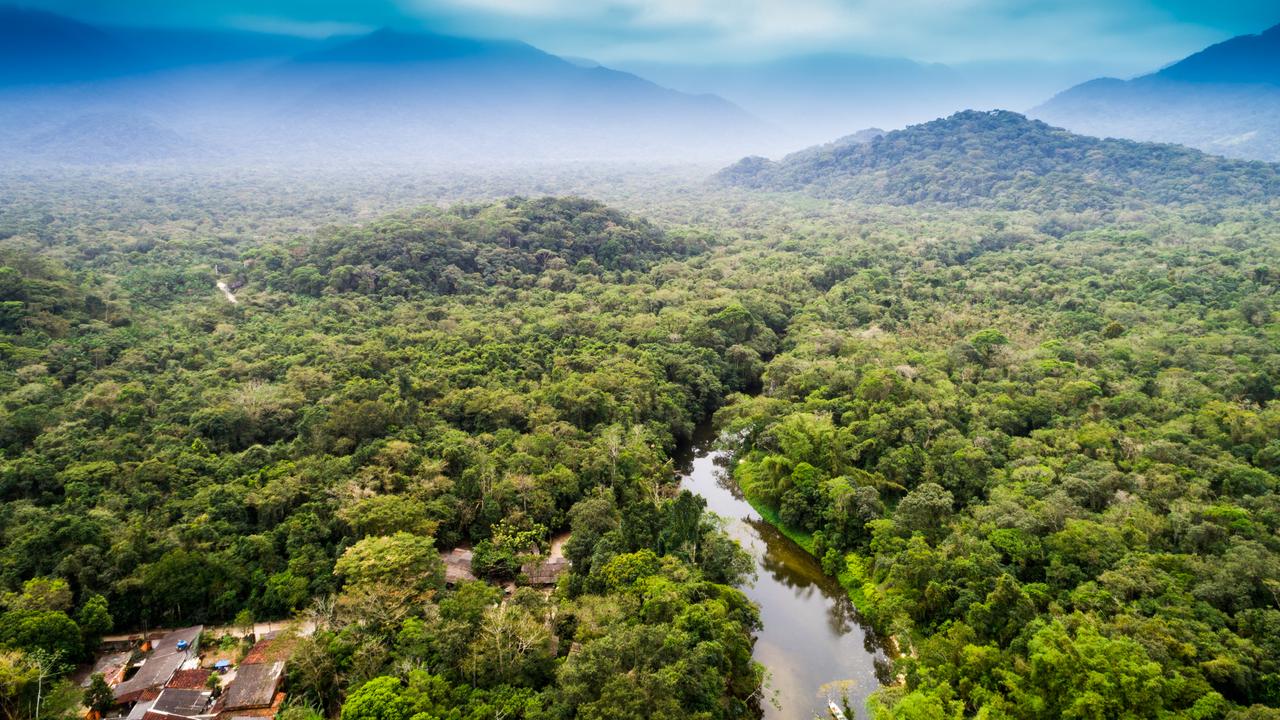
“It’s unsafe — and in such an isolated region, you can’t just deny people access to travel.”
While most pilots remain tight-lipped around the conditions of flying in the Amazon, one pilot said landing on certain airstrips was like a “rollercoaster”.
“You have to fly quietly, with the transponder sometimes turned off, and the flight controllers and the government don’t really know about those flights,” pilot Paulo Nortes said.
“They’re not being monitored by any controller.
“There are a few airstrips that are like roller-coasters … and you must be aware all the time of the weather, not to get inside a heavy storm, because it plays with your plane as if it was a paper plane, like a toy.”
Despite family concern around missing flight PT-RDZ, searching on foot is not a feasible option, meaning their only hope of finding loved ones lies in the hands of authorities who say the search “can be reinstated should any new information emerge”.
“I know this is a pain that will never heal,” Flavia said.
“I can’t see him, I can’t bury him, I can’t say goodbye. And I don’t know whether I will see him again one day or whether I’ll never know what happened.”
Listen to the full documentary, Abandoned in the Amazon on the BBC here.




